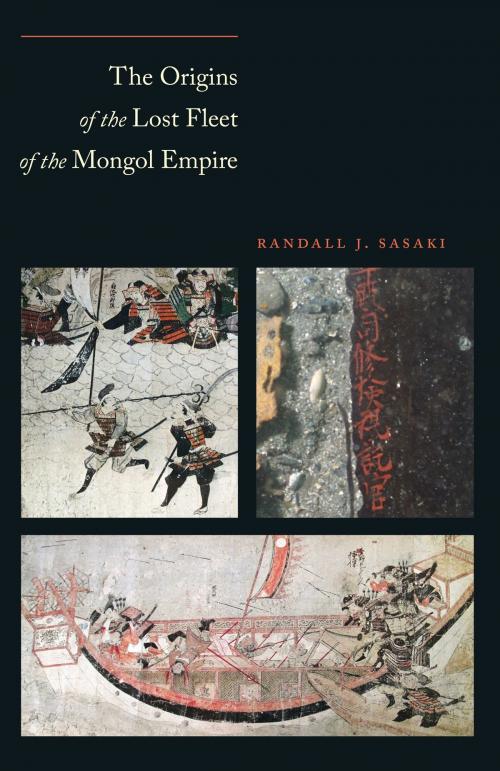The Origins of the Lost Fleet of the Mongol Empire
Nonfiction, Reference & Language, Transportation, Ships & Shipbuilding, History, Social & Cultural Studies, Social Science, Archaeology, Asian, China| Author: | Randall James Sasaki | ISBN: | 9781623492304 |
| Publisher: | Texas A&M University Press | Publication: | February 15, 2015 |
| Imprint: | Texas A&M University Press | Language: | English |
| Author: | Randall James Sasaki |
| ISBN: | 9781623492304 |
| Publisher: | Texas A&M University Press |
| Publication: | February 15, 2015 |
| Imprint: | Texas A&M University Press |
| Language: | English |
In The Origins of the Lost Fleet of the Mongol Empire, Randall Sasaki provides a starting point for understanding the technology of the failed Mongol invasion of Japan in 1281 CE, as well as the history of shipbuilding in East Asia. He has created a timber category database, analyzed methods of joinery, and studied contemporary approaches to shipbuilding in order to ascertain the origins and types of vessels that composed the Mongol fleet.
Although no conclusive statements can be made regarding the origins of the vessels, it appears that historical documents and archaeological evidence correspond well to each other, and that many of the remains analyzed were from smaller vessels built in China's Yangtze River Valley. Large, V-shaped cargo ships and the Korean vessels probably represent a small portion of the timbers raised at the Takashima shipwreck site.
Although no conclusive statements can be made regarding the origins of the vessels, it appears that historical documents and archaeological evidence correspond well to each other, and that many of the remains analyzed were from smaller vessels built in China's Yangtze River Valley. Large, V-shaped cargo ships and the Korean vessels probably represent a small portion of the timbers raised at the Takashima shipwreck site.
In The Origins of the Lost Fleet of the Mongol Empire, Randall Sasaki provides a starting point for understanding the technology of the failed Mongol invasion of Japan in 1281 CE, as well as the history of shipbuilding in East Asia. He has created a timber category database, analyzed methods of joinery, and studied contemporary approaches to shipbuilding in order to ascertain the origins and types of vessels that composed the Mongol fleet.
Although no conclusive statements can be made regarding the origins of the vessels, it appears that historical documents and archaeological evidence correspond well to each other, and that many of the remains analyzed were from smaller vessels built in China's Yangtze River Valley. Large, V-shaped cargo ships and the Korean vessels probably represent a small portion of the timbers raised at the Takashima shipwreck site.
Although no conclusive statements can be made regarding the origins of the vessels, it appears that historical documents and archaeological evidence correspond well to each other, and that many of the remains analyzed were from smaller vessels built in China's Yangtze River Valley. Large, V-shaped cargo ships and the Korean vessels probably represent a small portion of the timbers raised at the Takashima shipwreck site.















